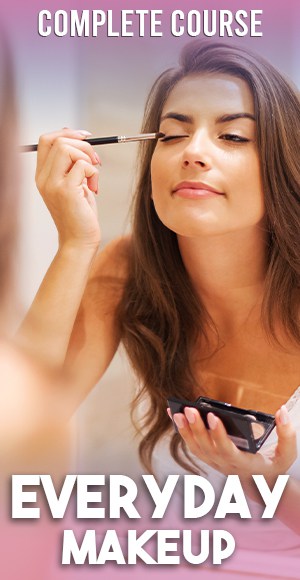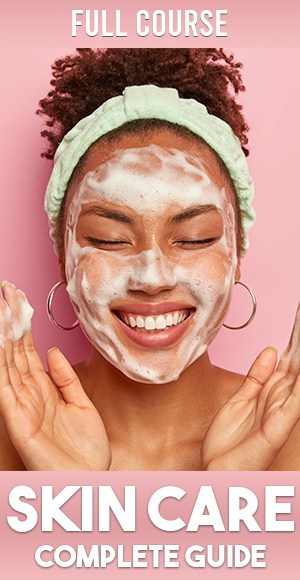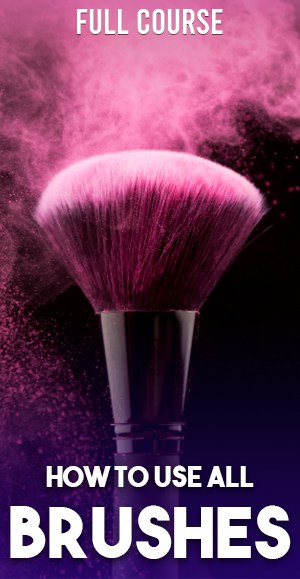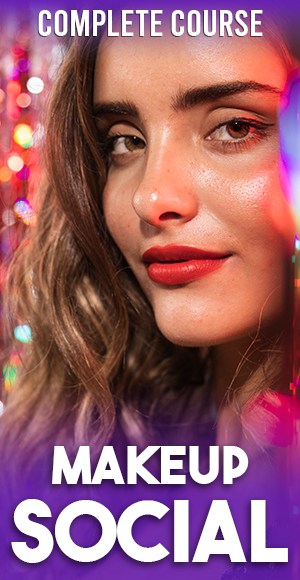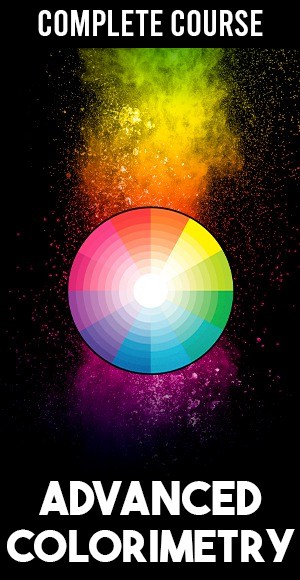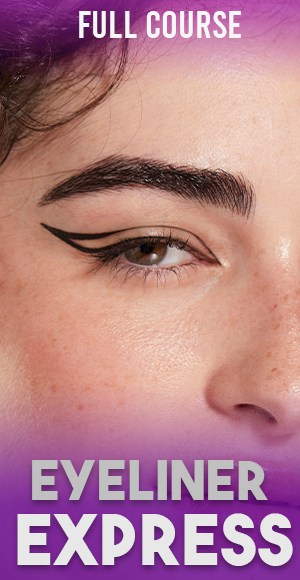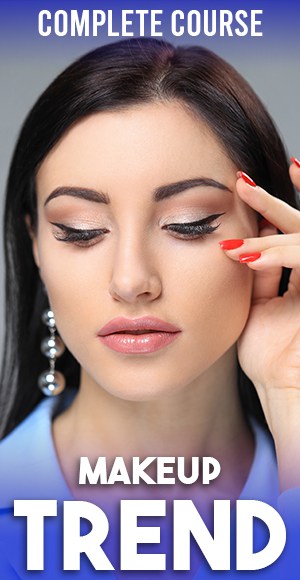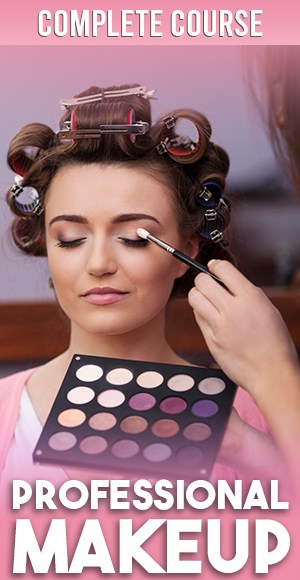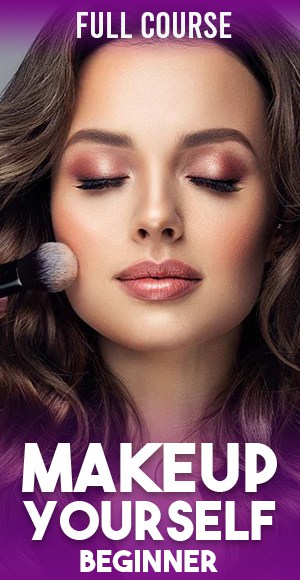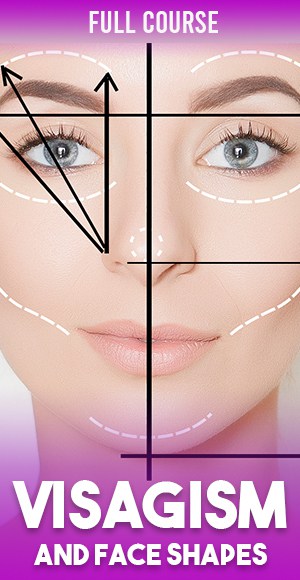Foundation and Concealer – Whats The Difference
Makeup is an art form that enhances one’s natural beauty and features. At the core of any makeup routine are two essential products: foundation and concealer. These cosmetics serve as the canvas for the rest of your makeup, providing a smooth, even complexion and concealing any imperfections. Understanding what’s the difference between foundation and concealer is crucial for anyone looking to achieve a flawless makeup look.
What is Foundation?
Foundation is a type of cosmetic applied to the face to create an even, uniform color to the complexion, cover flaws, and, sometimes, to change the natural skin tone. It’s the base upon which your makeup is built. There are several types of foundation, including:
- Liquid foundation: Offers versatile coverage and works for most skin types.
- Powder foundation: Great for oily skin and provides a matte finish.
- Cream foundation: Offers full coverage and is ideal for dry or mature skin.
- Stick foundation: Convenient for touch-ups and provides medium to full coverage.
Understanding your skin type considerations is essential when choosing the right foundation.
What is Concealer?
Concealer is a type of cosmetic that is used to mask dark circles, age spots, large pores, and other small blemishes visible on the skin. It is similar to foundation but thicker and used to hide different pigments by blending the imperfection into the surrounding skin tone. Types of concealer include:
- Liquid concealer: Suitable for most skin types and provides varying coverage.
- Cream concealer: Offers more substantial coverage for more pronounced imperfections.
- Stick concealer: Ideal for targeted application and offers full coverage.
Both foundation and concealer are fundamental in the world of makeup basics, serving as the first step towards a flawless complexion.
Key Differences Between Foundation and Concealer
When diving into the world of makeup, it’s essential to understand the key differences between foundation and concealer, as they cater to different needs and are formulated with distinct purposes in mind.
- Texture and Consistency: Foundation is typically lighter and designed to be spread across the entire face. It comes in various forms such as liquid, powder, and cream. Concealer, on the other hand, has a thicker texture, providing more concentrated coverage for specific areas.
- Coverage Level: The foundation offers a range from light to full coverage, aimed at evening out skin tone. Concealer provides heavier coverage to conceal imperfections such as dark circles, blemishes, and age spots.
- Application Areas: Foundation is applied to the entire face to create a uniform base. Concealer is used after foundation to target and hide specific imperfections and to brighten under-eye areas.
Understanding these differences is crucial for applying these products effectively to enhance your beauty routine.
How to Choose the Right Foundation
Choosing the right foundation is pivotal for achieving a seamless makeup look. Here are some tips to find your perfect match:
- Skin Type Considerations: Know your skin type. Whether you have oily, dry, combination, or sensitive skin, there’s a foundation formula for you. For instance, those with oily skin might prefer a matte, oil-free formula, while those with dry skin may opt for a hydrating liquid foundation.
- Shade Matching: Select a shade that closely matches your skin tone. Test foundation shades along your jawline, and check the color in natural light for the best match.
For more detailed guidance on selecting the right foundation, consider exploring resources on Cosmetics Info.
How to Choose the Right Concealer
Selecting the appropriate concealer is just as important as finding the right foundation:
- Under-eye vs. Blemish Concealer: For under-eye circles, choose a concealer that’s one or two shades lighter than your skin tone. For blemishes, match the concealer to your foundation shade.
- Color Correcting: Use color-correcting concealers to counteract different skin concerns. Green neutralizes redness, yellow combats purple-toned dark spots, and peach or orange tones down blue-hued under-eye circles.
Incorporating these color correction techniques can significantly elevate your makeup application, leading to a more polished and professional result.
Diferences Between foundation and concealer Application

Application Techniques for Foundation
Applying foundation correctly can transform your makeup from good to great. Here’s how to do it:
- Tools for Application: Choose the right tool for your foundation type. A beauty sponge is ideal for liquid foundations, while brushes or powder puffs are best for powder foundations.
- Step-by-Step Guide:
- Start with a clean, moisturized face.
- Apply a primer to smooth the skin’s surface.
- Dot foundation on your forehead, cheeks, and chin.
- Blend outward using your chosen tool. Remember to blend into your neck and hairline for a natural look.
- Set with a light dusting of powder if desired.
For more on choosing tools and techniques based on your skin type, American Academy of Dermatology offers excellent resources. And if you’re looking to perfect your pout after your base is set, don’t miss the step-by-step guide on applying liquid lipstick on Makeupflix Blog.
Application Techniques for Concealer
Concealer can be your best friend when applied correctly. Here’s how to ensure a natural look:
- Blending for Natural Look: Use a damp sponge or a concealer brush to tap the concealer into the skin. This blending technique prevents caking and creates a seamless finish.
- Layering with Foundation: Always apply concealer after foundation to avoid wiping it away. Layering helps achieve the desired coverage without using too much product.
By mastering these techniques, you can enhance your beauty routine for a flawless finish.
Common Mistakes to Avoid
Even with the right products, common application mistakes can detract from your makeup’s effectiveness:
- Mismatched Shades: Using a concealer or foundation that doesn’t match your skin tone can result in an unnatural look. Always test shades in natural light.
- Over-application: Less is more with foundation and concealer. Build coverage gradually to avoid a heavy, cakey appearance.
Avoiding these pitfalls will help maintain a flawless complexion and ensure your makeup enhances your natural beauty.
Expert Tips for Flawless Makeup
Achieving that coveted flawless makeup look is all about technique and knowledge. Here are some expert tips from seasoned makeup artists:
- Makeup Artist Recommendations: Use a hydrating mist to keep your skin moist before application, and choose silicone-based foundation for longer wear.
- Longevity of Wear: To ensure your foundation and concealer last all day, use a setting spray and touch up with a translucent powder to mitigate shine.
Incorporating these beauty tips can significantly improve the longevity and appearance of your makeup.
Conclusion: Integrating Foundation and Concealer into Your Routine
In wrapping up, grasping what’s the difference between foundation and concealer is pivotal for anyone aspiring to perfect their makeup artistry. Foundation lays the groundwork for a uniform skin tone, while concealer acts as a precision tool for concealing and correcting targeted areas. Here’s a brief recap:
- Foundation is designed for overall face coverage and is available in various textures to accommodate different skin types.
- Concealer has a thicker consistency, meant for specific problem areas, and should be layered over the foundation.
By thoughtfully integrating both foundation and concealer into your makeup regimen, you can achieve a seamless and natural-looking finish. For those eager to delve deeper into the art of makeup, Makeupflix offers a treasure trove of tutorials and courses to help you enhance your skills. Remember, the most beautiful makeup is one that accentuates your innate beauty and instills confidence.














